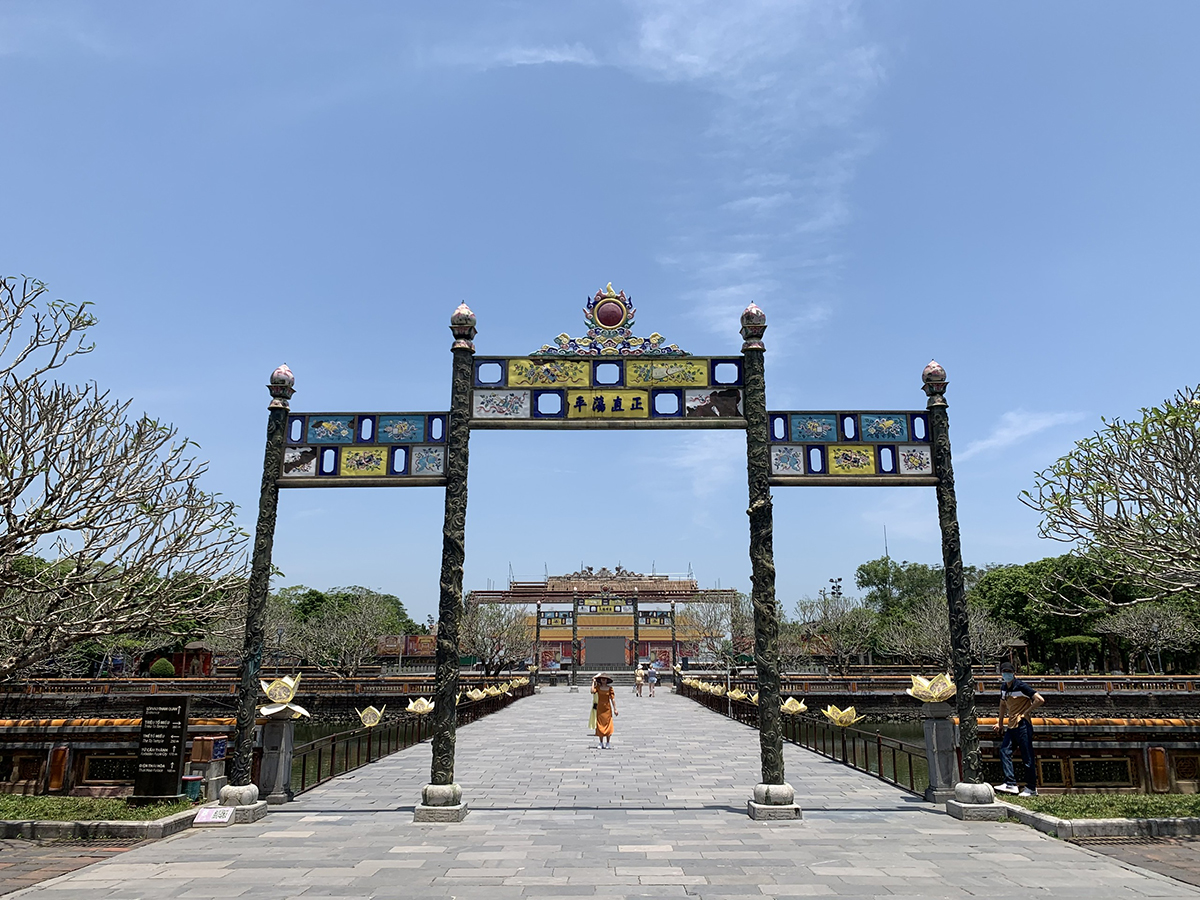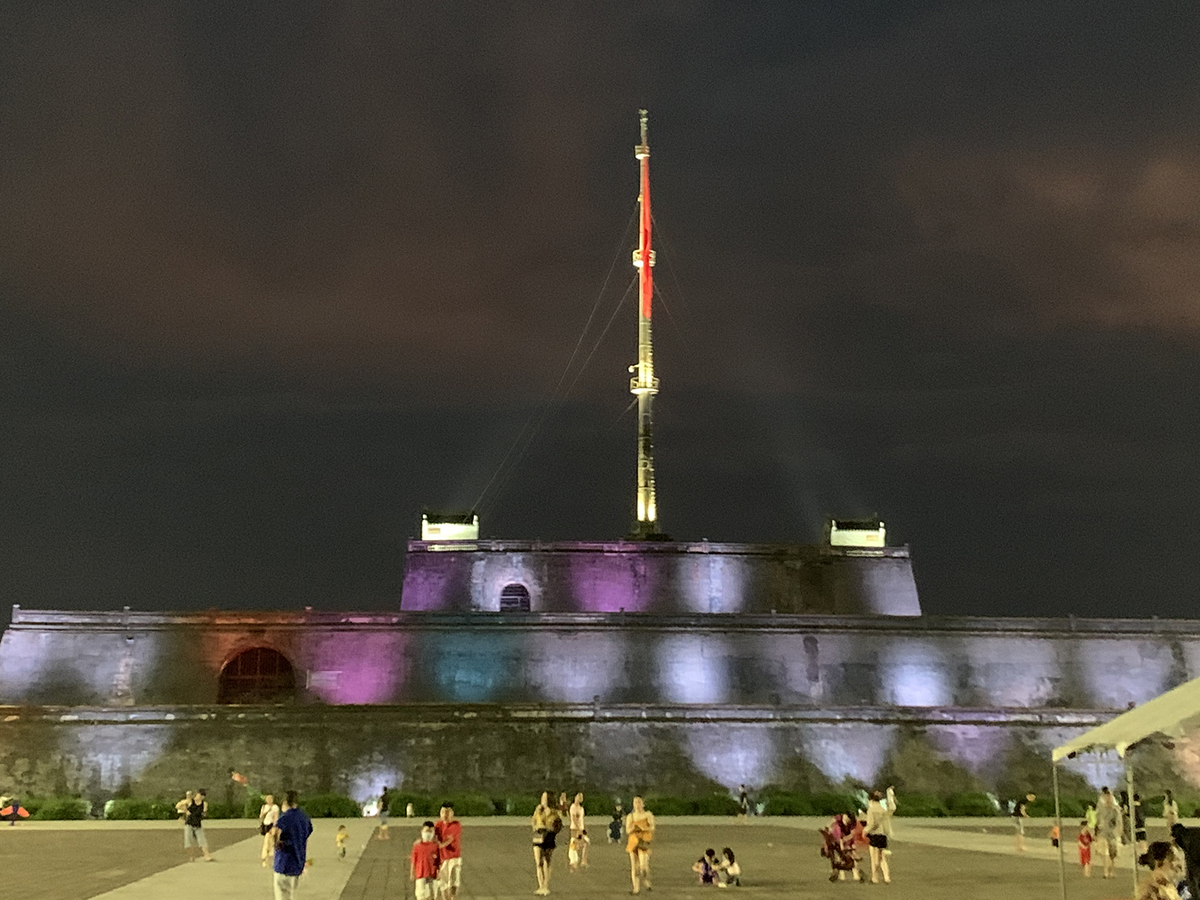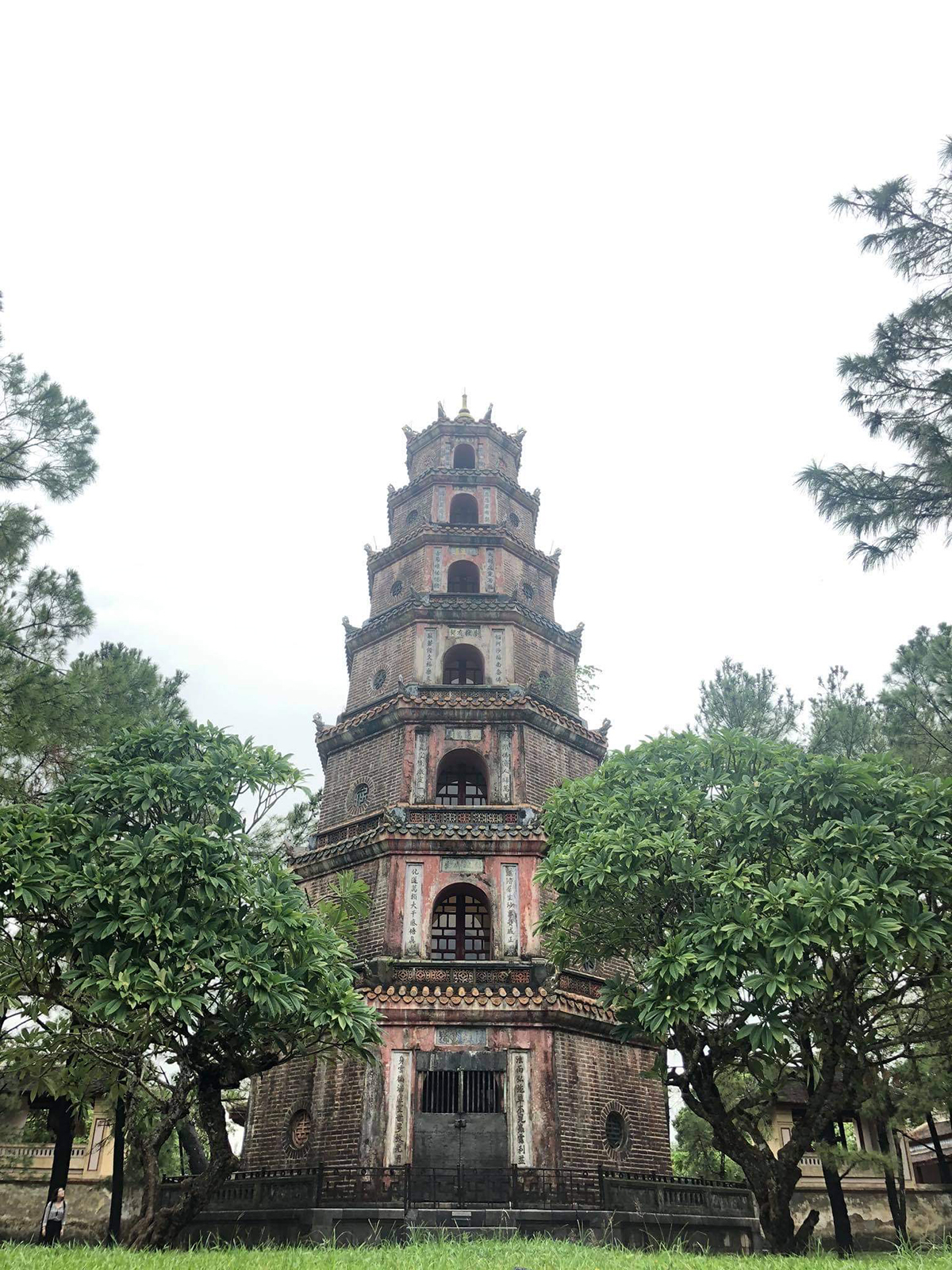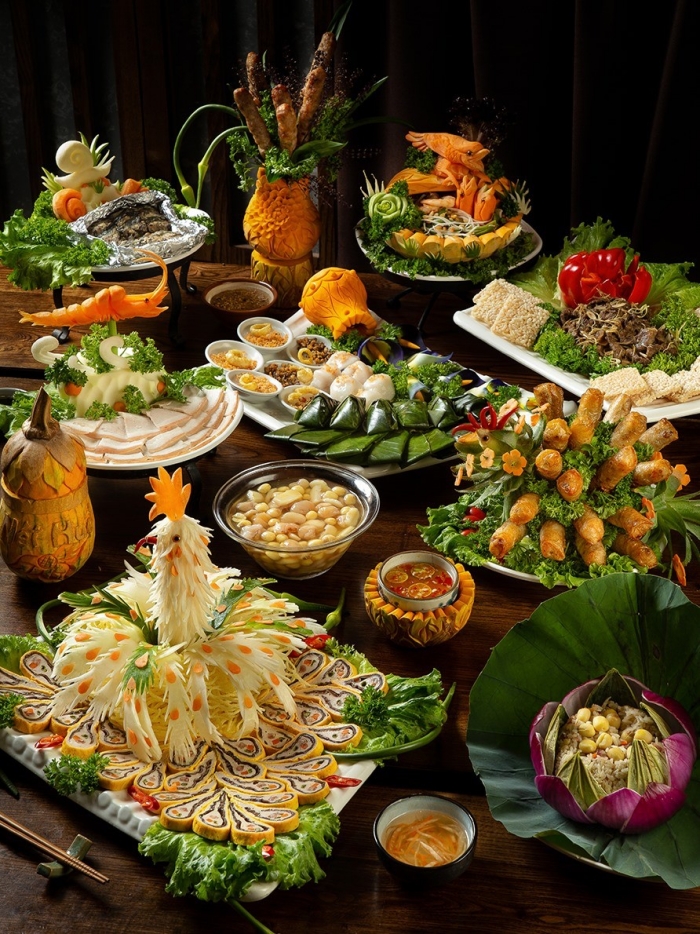Recently, editor Emmanuel Boutan from Vacance - Voyageurs du Monde magazine had an article to introduce the charm of the Hue Citadel, Vietnam.
Hue used to be the capital city of Nguyen Dynasty. Despite the ups and downs of the history, Hue until now has preserved finely the ancient architecture, masterpieces of art, representing the intellect and soul of the Vietnamese people, and at the same time brings special values about the history and culture of the ancient capital. Thanks to the quintessence from the previous generation, the rich traditional identity, and typical royal cuisine, this place has become one of the top favourite tourist destinations in Vietnam, attracting a large number of Vietnamese and foreign tourists.
At the beginning of the article, Emmanuel Boutan described the Hue Capital Citadel was built on a bend of the romantic and gentle Perfume River. This is where streams and canals radiate and flow straight out into the suburbs, surrounded by fortresses and citadel walls.

Ngo Mon Gate (Photo: TITC)
The complex of Hue Monuments was recognised by UNESCO as a World Heritage Site. The Hue Capital Citadel contains Imperial Citadel (Hoang Thanh) and Forbidden Purple Citadel (Tu Cam Thanh). The symbol of power is shown in the drawings, colours and patterns of the work. Today, visitors can enter the complex from the South Gate (or Ngo Mon Gate), a unique and impressive entrance, according to Emmanuel Boutan. It has horseshoe shape and wooden superstructure with glazed tiled roof. Turning around, the red flag with yellow star fluttering above the Flag Tower.

Way to Thai Hoa Palace (Photo: TITC)
Stepping to the Thai Hoa Palace, on its roof is the image of 2 dragons towards the moon. Walking across the yard behind Thai Hoa Palace, visitors will see the first buildings of the Forbidden Purple Citadel, the innermost enclosure - lived emperors and royal members. In which is the Royal Library – Lau Tang Tho, that is still miraculously intact. This was the place to keep important books, documents and papers of the court. Thanks to meticulous restoration, many sites were able to be preserved.

Flag Tower (Photo: TITC)
Royal tombs and pagodas
Experiencing the ancient relics of the Nguyen dynasty, Emmanuel Boutan stated that royal tombs, sanctuaries and shrines are another unique aspect of historical architectural monuments in Hue. Among these royal tombs, there are 3 distinguished ones.
8km from the Hue Citadel, lying Tu Duc Tomb. From the entrance, a path leads to Luu Khiem Lake. At the edge of the lake is charm Xung Khiem and Du Khiem Pavilions, where the emperor would sit composing or reciting poetry. A huge stele is placed in the Stele Pavilion right behind Bi Dinh, composed by Emperor Tu Duc himself. Towards the north of the tomb, on Duong Xuan Mountain is Tu Hieu Pagoda, where many eunuchs chose as a resting place when they were old.

Tu Duc Tomb (Photo: TITC)
Going up for 10km from Tu Duc Tomb, there is Khai Dinh Tomb. Here, visitors will be amazed by its unique architectural style with a blend of Vietnamese architecture and Beaux-Arts style (Architectural style Neoclassical and Greek Renaissance). The outer and inner chambers of the tomb are splendidly decorated with skillful techniques.
Travelling via a waterway about 20km is Gia Long Tomb, which covers the entire a hill and is especially completely surrounded by rivers. This place is actually a complex of many graves of the royal family of the king.
Visitors can take a ride on the Dragon board on the Perfume River and contemplate the Nguyen Dynasty masterpiece. Besides, visitors should pay a visit to Thien Mu Pagoda, 3km west of the Hue Citadel. It is situated on Ha Khe hill, on the north bank of the Perfume River. The beautiful pagoda was built in 1601 and regularly restored since then, The most striking feature of the pagoda, Phuoc Duyen tower (initially called Tu Nhan tower), was erected in 1884 by King Thieu Tri, and has become the unofficial symbol of Hue, built in octagonal shape, 21m high and includes 7 floors with a bridge. Spiral ladder, each floor has a statue of Buddha.

Phuoc Duyen Tower (Photo: TITC)
Hue and its fantastic traditional cuisine
Showing his admiration for the royal cuisine of Hue, Emmanuel Boutan indicated, Hue's cuisine is especially famous for being inherited from the Royal Family. Which means, it is not allowed to serve emperors sloppy or repetitive dishes. Therefore, the chef must prepare carefully and wholeheartedly with diverse and fresh meals. Building menus and preparing dishes have gradually become art in royal cuisine. Besides the Royal cuisine, people became more interested in dishes like Nem lui - ground pork wrapped in a lemongrass stalk, enjoyed with raw vegetables and herbs; Banh beo – steamed rice flour cup, shrimp and pork skin, fish sauce; or Bot loc - steamed flour wrapped shrimp or meat…

Photo: Vinpearl
The editor is happy to shared, the royal cuisine in Hue has been restored by passionate chefs and served on special occasions. Thanks to the diversity and simplicity in the recipe and cooking process, dishes become especially tasty and satisfy people’s tastes. Street food is another noticeable point of Hue and being loved by most people. Visitors can enjoy the food in every corner of Hue, from the supreme restaurants to food stalls and vendors. Coming to Dong Ba Market - the traditional market of Hue people, visitors not only can find trusted and qualified ingredients; but also have a chance to enjoy traditional food, buy essentials and souvenirs.
TITC